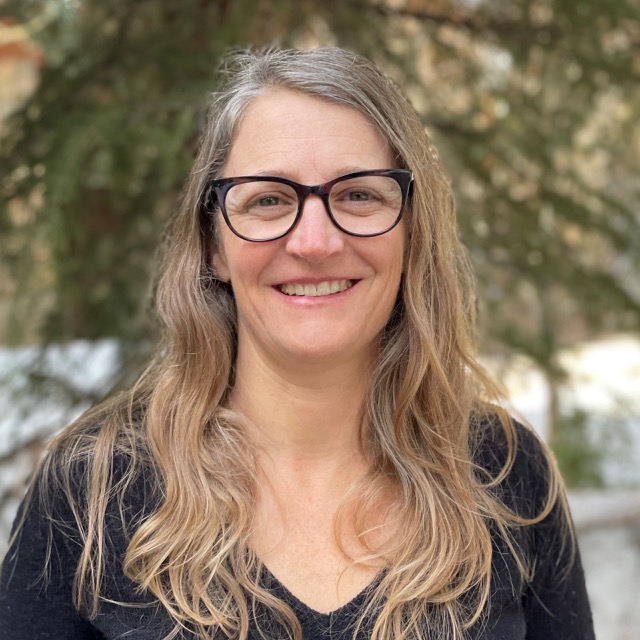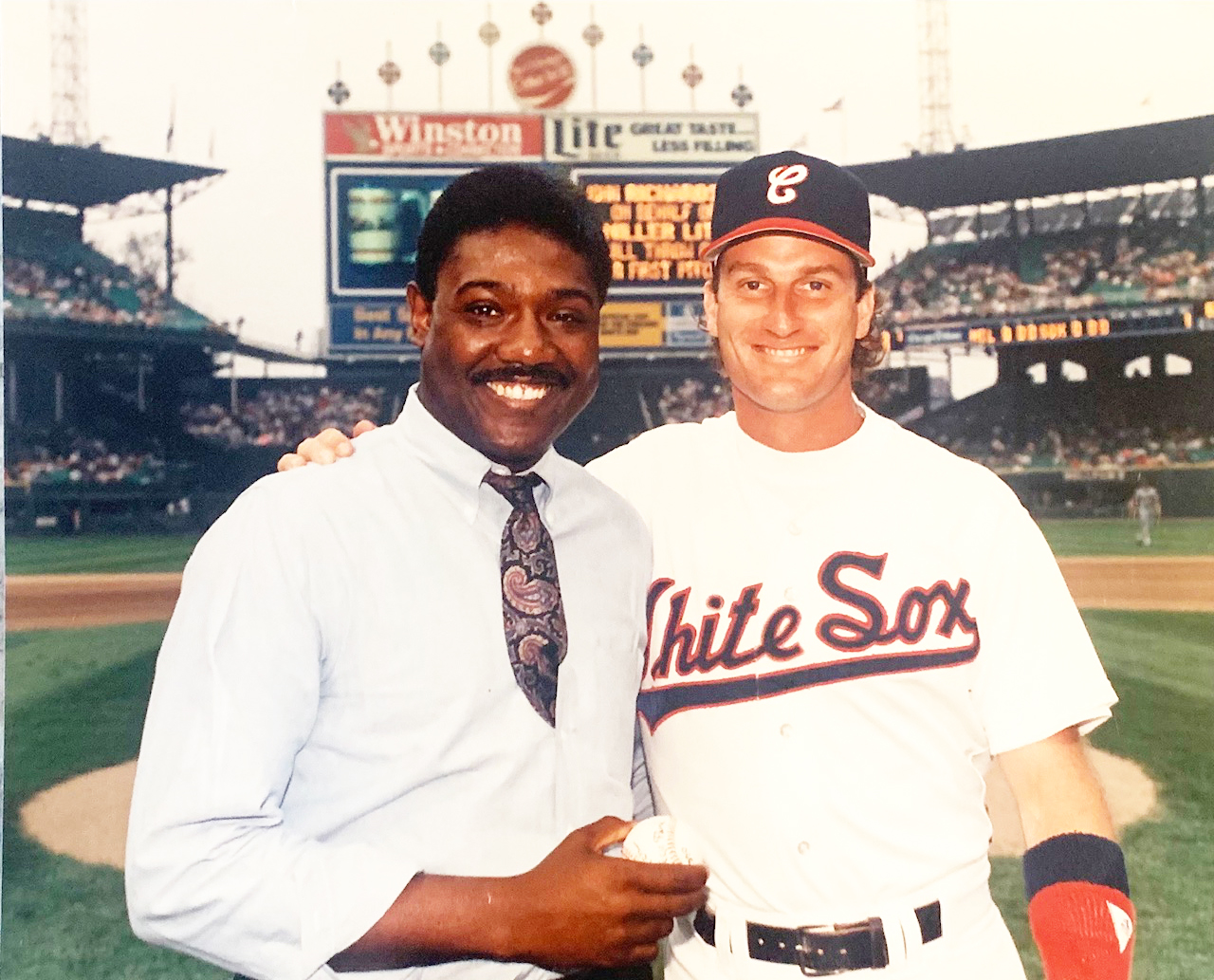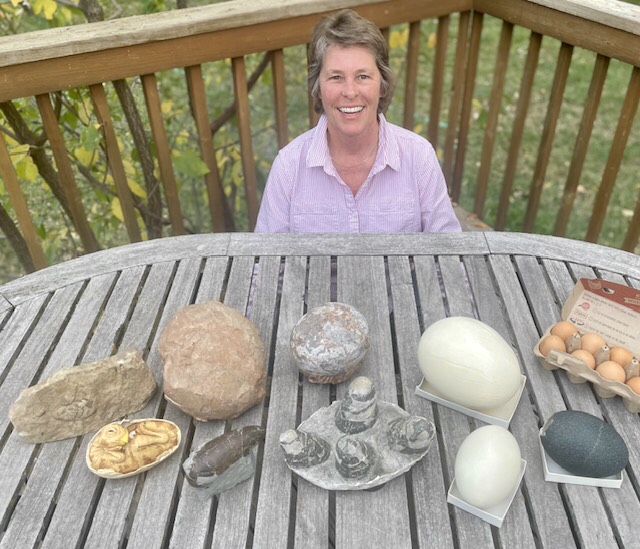CRMS – A Lifestyle not a Job
Virtually anyone associated with Colorado Rocky Mountain School will tell you it’s a unique place, where the learning environment extends from the classroom to the garden to the dormitory to the surrounding mountains and rivers. To help articulate CRMS’s unusual synthesis of classroom learning, village living, wilderness adventure, and what happens when work and life unite, we asked four faculty veterans — Amanda Leahy, Jim Gaw, Mark Clark, and Kayo Ogilby — to describe their experiences teaching, living, playing, and raising families on campus.
Amanda Leahy: Meeting in the middle
Not so long ago, education was by and large a top-down proposition. The teacher at the front of the room did the talking and the students, arranged in rows that stretched to the back of the room, were expected to listen.
As far as Amanda Leahy is concerned, that top-down model doesn’t exist anymore. Rather, the 17-year English and History instructor sees learning as a cooperative venture, in which the teacher guides and the students provide the horsepower.
“The overall striving is to show that mutual engagement is absolutely necessary between all participants in the community — teacher and student,” she said.
In her interdisciplinary junior-year classes, students choose one book or novel and use it to write three distinct research papers — one literary, one historical, and a third called the “relevance essay,” which involves a question related to their lives. The students select the books and drive the three inquiries, while Leahy supports and facilitates their efforts.
CRMS students and faculty are on a first-name basis, which encourages cooperation and downplays hierarchies. This is a significant departure from the traditional teacher lecturing at the front of the room, but Leahy much prefers “meeting in the middle” with her students.
“The book or novel they choose doesn’t necessarily have to fit that ‘great books’ criteria,” she said. “What’s most important is that they have a real sincere interest in the topic.”
The same ethic applies when she’s coaching the Girls’ Soccer Team or leading a multi-day wilderness excursion. Students are expected to push themselves personally, but they must also work as a team, building relationships and learning lessons that extend beyond classroom academics.
“When we put these kids out into the wilderness,” she said, “there are situations in which kids have to come together to collaborate, communicate, and support one another for very basic, authentic reasons.”
And those reasons translate directly into the broader landscape of life — solving problems, making decisions, and grappling with consequences, all in close quarters with other individuals. At CRMS, problem-solving and exploration occur during every waking hour, from the classroom to the outdoors to the dormitory.
“It’s an organic living situation because the lines are blurred,” Leahy said. “It goes beyond experiential education. It’s an experiential life ethic.”
Participation is required. Sincerity is expected.
Jim Gaw: Back to the Future
Jim Gaw has taught CRMS students for 38 years, but the word “teacher” is a woefully inadequate description of his overall role. Like most of his colleagues, Gaw interacts with students in various ways. He’s a classroom instructor, work crew leader, student advisor, and a dormitory supervisor. He also teaches recreational kayaking, hiking and alpine skiing. By design, these various roles enable Gaw to reach students in myriad ways.
Part of the CRMS ethos is to present students with a variety of experiences and somehow capture their interest. It may happen in a classroom, on the athletic field, or on a mountaintop, but the more opportunities for teachers to know students—and for students to come to know themselves—the better.
As science teacher Kayo Ogilby says, “The true beauty of this place is there are so many different ways that students and faculty are connecting in lifelong, deep and meaningful ways. It’s those relationships that we leverage and that are the essence of everything we do.”
Jim Gaw has been forming those relationships for nearly four decades as an instructor, advisor, coach, and work crew leader. And, as a 1964 CRMS graduate himself, he understands the teacher-student bond from both sides. Gaw even raised two children at the school, and they graduated in 2000 and 2003.
Despite more than three decades of experience, the chemistry teacher isn’t resting on his laurels. These days he’s changing his teaching style by “flipping the classroom”—asking students to obtain the basic information through reading, and then using class time to apply that knowledge in hands-on experiments and demonstrations.
“I want to make each one of my classes into a self-sufficient community of scientists that by the end of the year can undertake a major investigation on their own,” he said.
The more that Gaw can encourage students to grasp a problem and figure it out themselves, the more he has empowered them for life’s challenges. He takes this approach too in his role as a student advisor, which he describes as “the go-to person if a student has a question, concern, or suggestion.” The advisor is also a key contact for parents.
“It’s built into the system that students know there is an adult here looking out for them, a unique kind of adult in their lives that’s not a parent, not a teacher, not the dean of students,” Gaw explained.
CRMS teachers are not mere authority figures. Most wear numerous hats in their interactions with students, which enriches the learning experience and strengthens the school community.
Gaw is grateful he returned to his old high school to live and work. And CRMS is grateful for Gaw’s ability to inspire and connect with students. As Mark Clark, one of Gaw’s veteran colleagues, said, “We aren’t always able to reach our kids, but the beauty of it is we have colleagues who can reach our kids.”
Mark Clark: A Learning Community
From the day he first came to CRMS 38 years ago, Mark Clark knew he didn’t want a simple teaching job, where he lectured during the day and returned home at night. He wanted a lifestyle, where the learning didn’t stop with an afternoon bell.
“I wanted to have a career, a calling, a vocation that was really seductive, that allowed me to lose myself in a place,” Clark said.
This was a tall order, but CRMS perfectly melded Clark’s passion for teaching with the outdoors. At this point he has reared two children at the school and served as both an administrator and teacher.
The boarding-school environment, where faculty members, students, and other staff are thrown together in a full-time living experiment, is essentially “a school that doesn’t stop,” Clark explained. Every experience becomes a potential learning opportunity and little is hidden, which is good for both students and faculty.
“Our students in many ways know more about their teachers and the people they’re in contact with here than they do about any other adult in their lives, maybe even their parents,” he said. “And that honesty and authenticity is what really drives the character education of the school.”
In keeping with this spirit of open inquiry, Clark’s 12th-grade classes in philosophy and religion are geared to help seniors find what’s truly important to them, and where they might fit into society after high school.
“The stuff I’m teaching now is all about ferreting out authenticity, ferreting out what’s important, trying to find where they fit in the milieu, in whatever environment they’ll move to from CRMS,” he explained.
Every student is different, and Clark never knows exactly when an idea or experience will sink in. But by offering students a compelling menu of courses and hands-on experiences, CRMS empowers them to find the answers they need.
“My goal is to allow ideas and experiences to be implanted that can grow on their own in the student, and for them to prune them away if they don’t feel they’re important,” he said.
For Clark himself, there are virtually no boundaries between home life and professional life, and that’s the way he wanted it from the start.
“I didn’t want to be at the school,” he said. “I wanted to be in the school.”
Kayo Ogilby: A Deliberate Culture
When a new freshman class arrives at CRMS, no faculty member knows what facet of the curriculum will captivate any individual student. But part of the school’s mission is to find and tap into each student’s passions. Those passions and talents may be unknown at the beginning, but they don’t emerge by accident.
CRMS empowers students through a conscious, purposeful culture of learning and character growth.
“A really healthy school has an eye toward creating a deliberate culture in all realms, and having nowhere that things can fall through the cracks,” said science teacher Kayo Ogilby, a 20-year CRMS veteran.
This school culture — which emphasizes values like teamwork, integrity and respect as well as academic performance — infuses the entire curriculum. But Ogilby reinforces key skills and values at the weekly all-school meeting, which he describes as the “connective tissue” between the various departments and programs.
A CRMS all-school meeting is more than a venue for announcements. The format for every gathering, devised by Ogilby, emphasizes skills like public speaking and performance, and values such as accountability and appreciation. Every meeting includes both a student performance and a five-minute period where students stand up to acknowledge missteps and discuss the resulting implications and lessons. Similarly, a period is devoted to thanks and celebration — for a teacher or student who exceeded expectations, or a winning athletic team. The “closer” every week is the “Braj” award, which recognizes students and faculty who exemplify CRMS values.
The idea is to reinforce the risk-taking, honesty and “learning by doing” that occurs in other CRMS programs. Ogilby’s science classes, for example, are rooted in problem solving as opposed to book learning. His biology class is now at work on an assignment from the Bar Fork dining hall: To raise enough fish to supply one formal dinner this academic year, and the fish must be grown aquaponically. That means a closed system that circulates water from a tank where the fish are grown to beds where plants are grown. The plants filter the wastewater from the fish tank and then return it, cleansed, to the fish tank again.
The school program closest to Ogilby’s heart, though, is the outdoors, because that’s where deep teacher-student relationships are forged and the students stretch themselves in new, exciting ways. A shared experience in the mountains often pays off in the classroom when a student suddenly opens up and takes a risk.
“I think the outdoor piece is the hook, the single most critical thing we’re doing here,” he said. “It’s the place where we tap into the passions that students have, whether they’re coming to school with them or they’re establishing them here.”
Perhaps the best way to describe CRMS culture is to note that, though the school is primarily a high school, it also encourages teachers to grow, take risks and advance themselves. By enabling faculty members to pursue higher degrees, to take year-long sabbaticals, to learn new skills, CRMS keeps its best employees engaged and equipped to inspire students.
“The administration has a great culture of promoting growth in faculty that teachers constantly need to be excited about their craft,” Ogilby said, his eyes lighting up. “My sabbatical was one of the most transformative experiences of my life.”
Spoken like a CRMS student.
It’s clear from speaking to CRMS faculty members that they’re getting as much out of the experience as their pupils are. What’s good for the CRMS student — the around-the-clock learning environment, the passion for the outdoors, the academic rigor, the experiential ethic — is also good for the CRMS adult. Both contribute to a tradition that began in 1953 with John and Ann Holden — that of an ongoing, dynamic educational project that challenges, engages and, in the end, enriches both parties in return.
 MYCRMS
MYCRMS
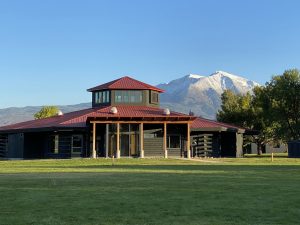
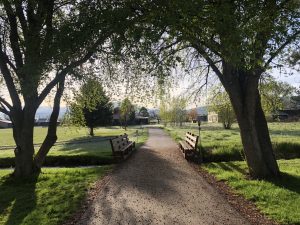
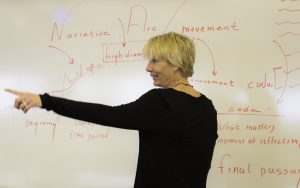
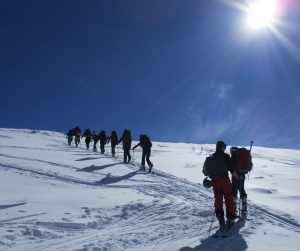
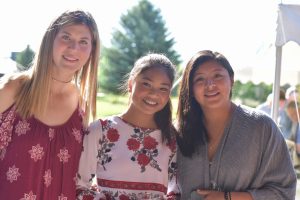
 Virtual Tour
Virtual Tour